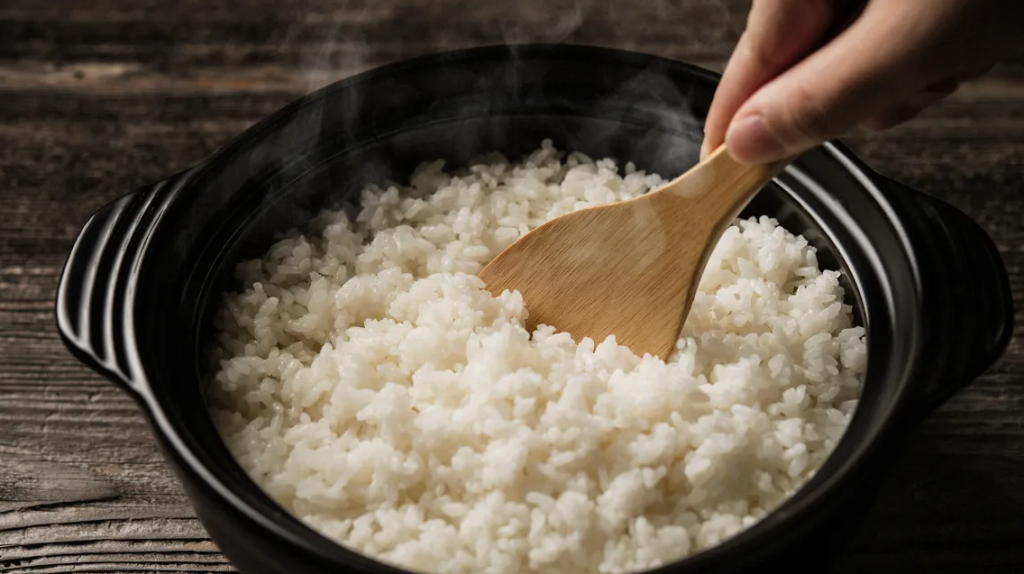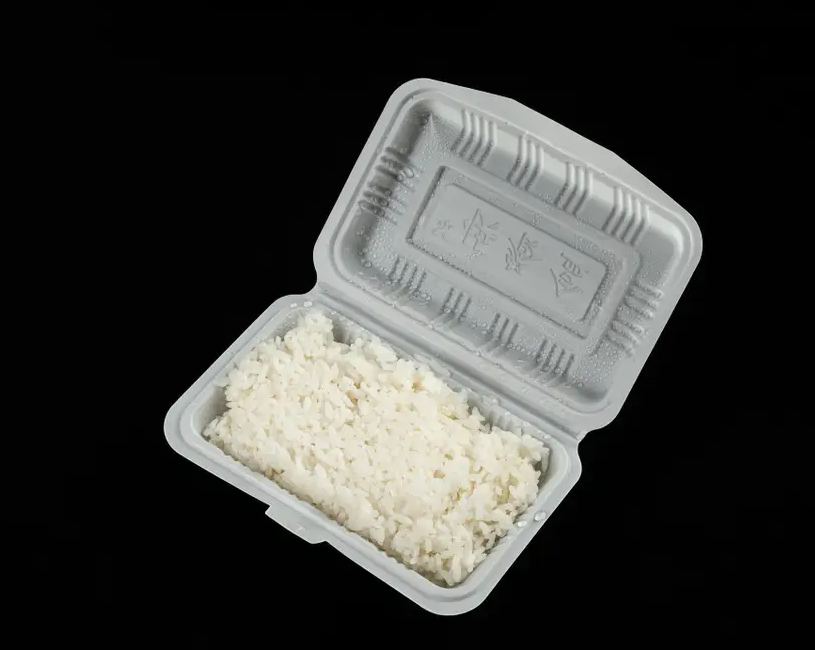Storing cooked rice improperly can pose significant health risks due to the potential growth of Bacillus cereus, a bacterium commonly found in soil and various food products. This microorganism is particularly notorious for causing foodborne illnesses when cooked rice is left at room temperature for extended periods. Understanding the dangers associated with improper rice storage and adopting safe handling practices are crucial to prevent food poisoning.

The Hidden Danger: Bacillus cereus
Bacillus cereus is a spore-forming bacterium capable of surviving high cooking temperatures. While cooking can kill active bacteria, the heat-resistant spores may remain viable. If cooked rice is left at room temperature, these spores can germinate into active bacteria, which then multiply and produce toxins. These toxins are resistant to heat, meaning that reheating the rice may destroy the bacteria but not the toxins, which can still cause illness.
Symptoms of Bacillus cereus Food Poisoning
Consumption of rice contaminated with Bacillus cereus toxins can lead to two types of illnesses:
- Emetic Syndrome: Characterized by nausea and vomiting, symptoms typically appear within 1 to 5 hours after consumption.
- Diarrheal Syndrome: Marked by abdominal cramps and diarrhea, symptoms usually develop between 8 to 16 hours after ingestion.
While these symptoms are generally mild and resolve within 24 hours, they can be more severe in vulnerable populations, such as infants, the elderly, and individuals with compromised immune systems.
Safe Practices for Storing Cooked Rice
To minimize the risk of food poisoning from cooked rice, consider the following guidelines:
- Prompt Cooling: After cooking, cool rice as quickly as possible. Divide large quantities into smaller portions to expedite cooling. Avoid leaving rice at room temperature for more than two hours.
- Refrigeration: Once cooled, store rice in airtight containers in the refrigerator at temperatures below 40°F (4°C). Properly stored, cooked rice can be safely consumed within 3 to 4 days.
- Reheating: When reheating rice, ensure it reaches an internal temperature of at least 165°F (74°C) to effectively eliminate any active bacteria. However, be aware that reheating will not neutralize toxins already present.
- Avoid Multiple Reheatings: Reheat only the portion of rice you intend to consume and avoid reheating multiple times, as repeated cooling and reheating cycles can increase the risk of bacterial growth and toxin production.

Additional Tips for Rice Safety
- Freezing: For longer storage, cooked rice can be frozen. Place cooled rice in freezer-safe containers or resealable bags, removing as much air as possible. Frozen cooked rice can be stored for up to one month.
- Visual and Olfactory Checks: Before consuming stored rice, inspect it for any signs of spoilage, such as an off smell, discoloration, or slimy texture. If any of these signs are present, discard the rice immediately.
- Proper Hygiene: Always wash hands thoroughly before handling cooked rice to prevent introducing additional contaminants.
Conclusion
While rice is a staple food in many diets, improper storage and handling can lead to serious health risks due to the potential growth of Bacillus cereus and the production of its heat-resistant toxins. By promptly cooling, properly storing, and adequately reheating cooked rice, you can significantly reduce the risk of foodborne illness. Always remain vigilant for signs of spoilage and adhere to safe food handling practices to ensure the safety and enjoyment of your meals.

















